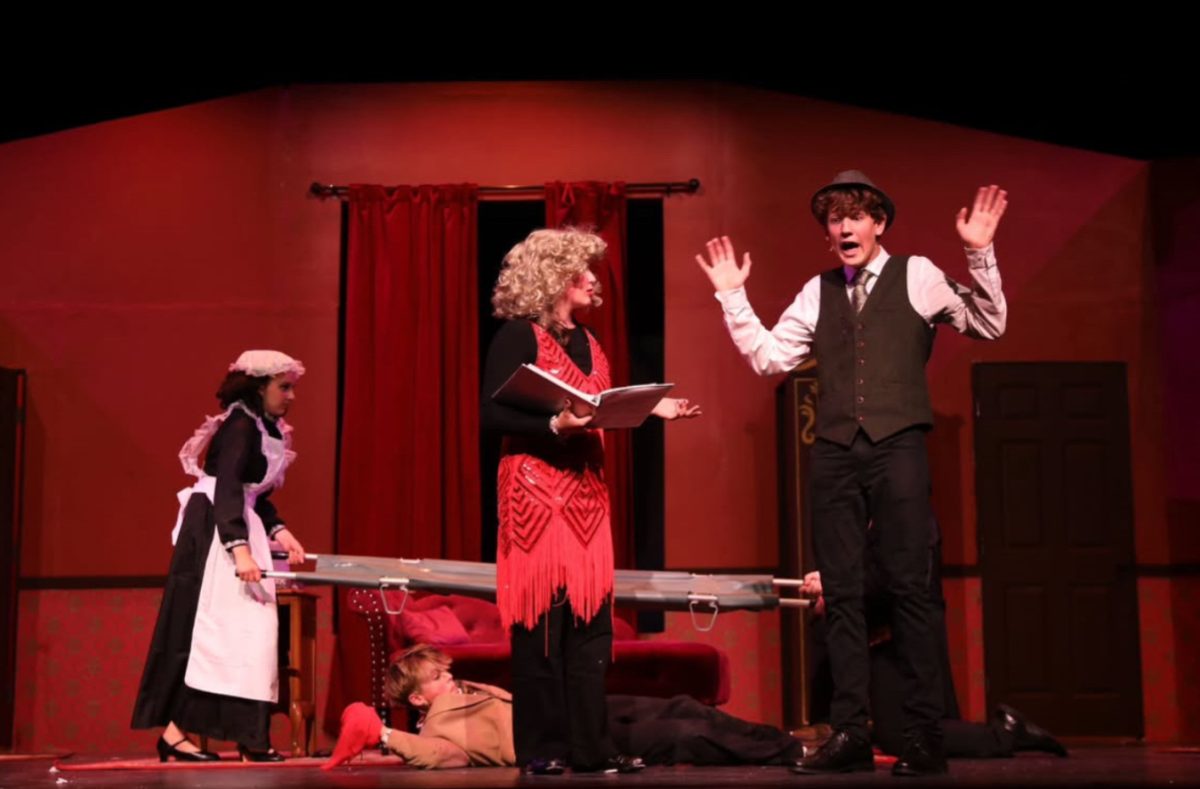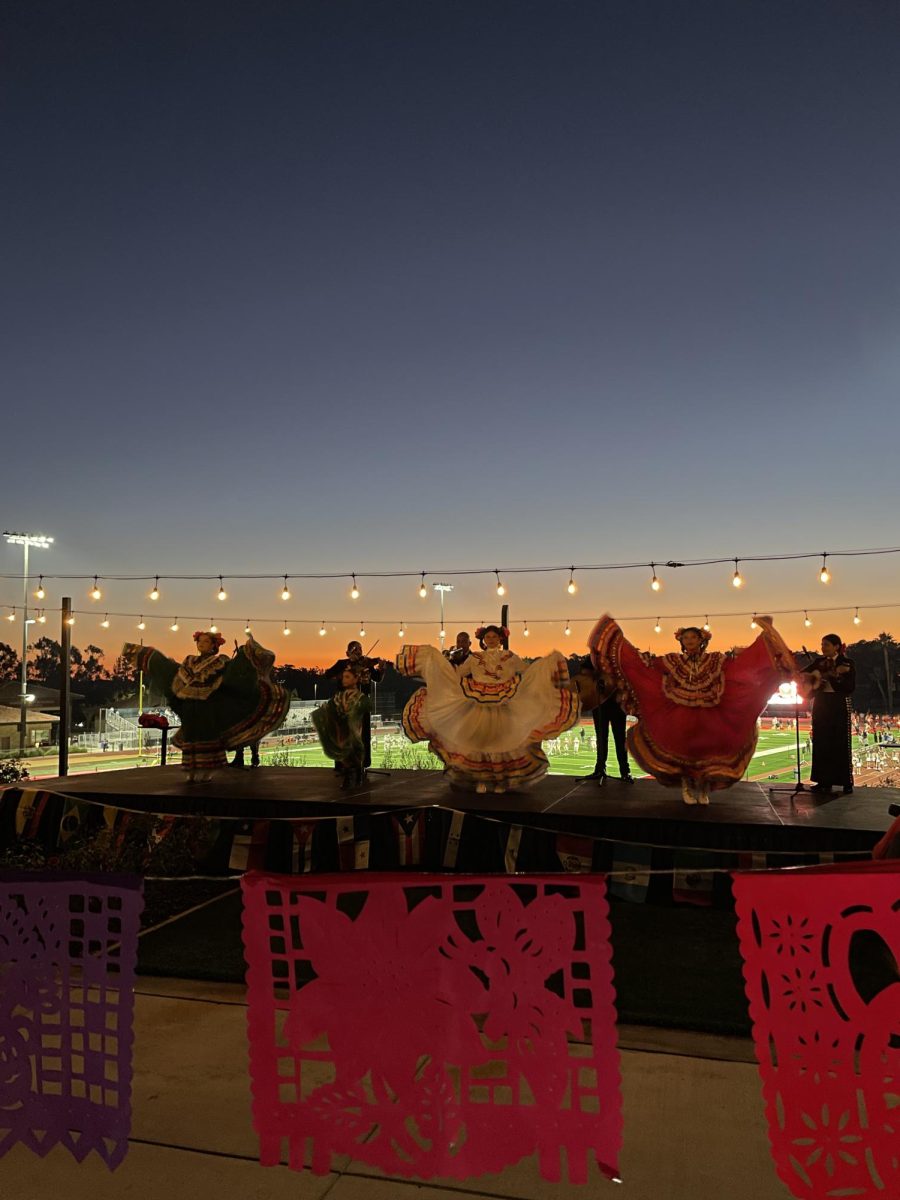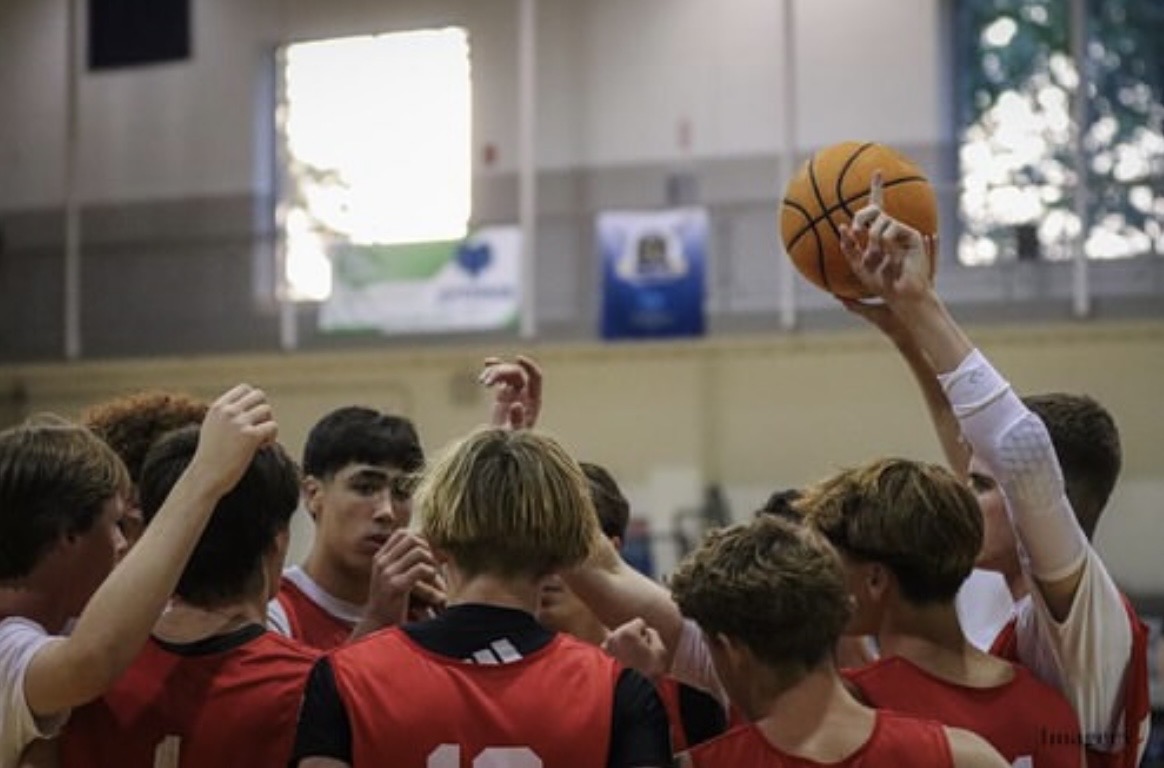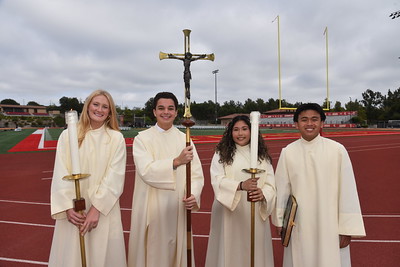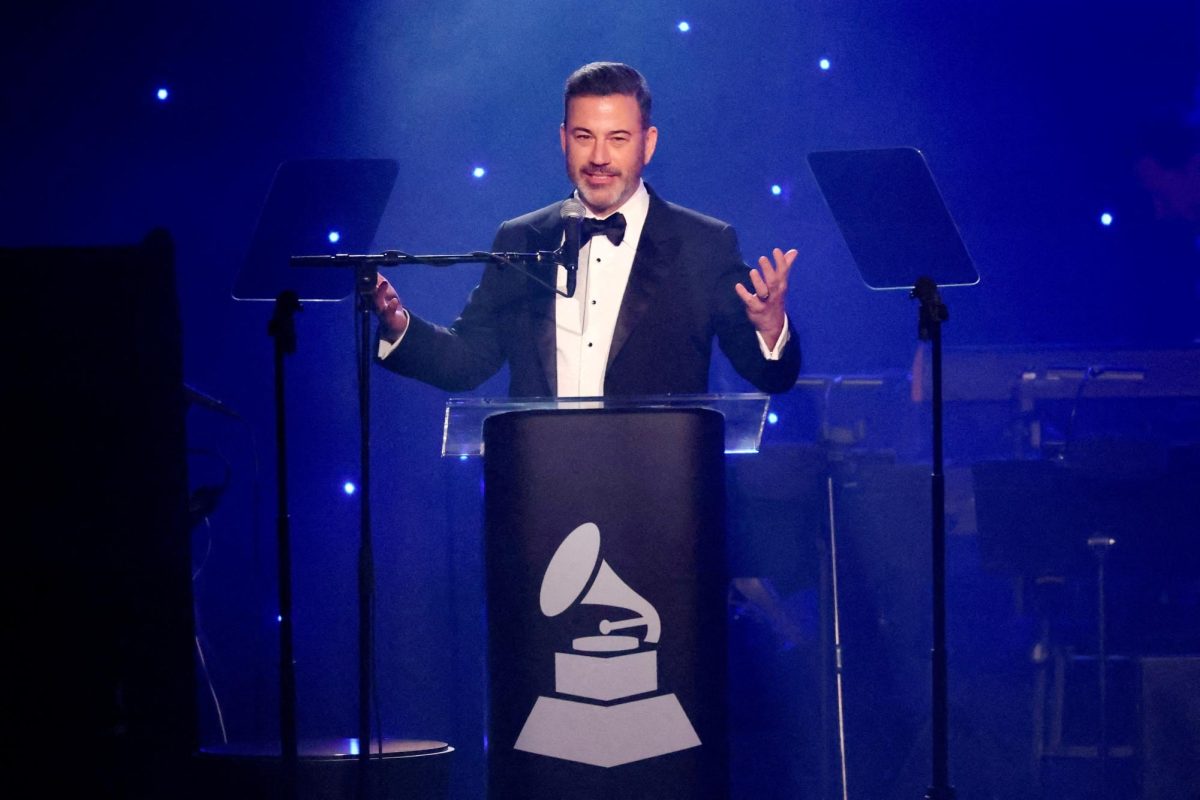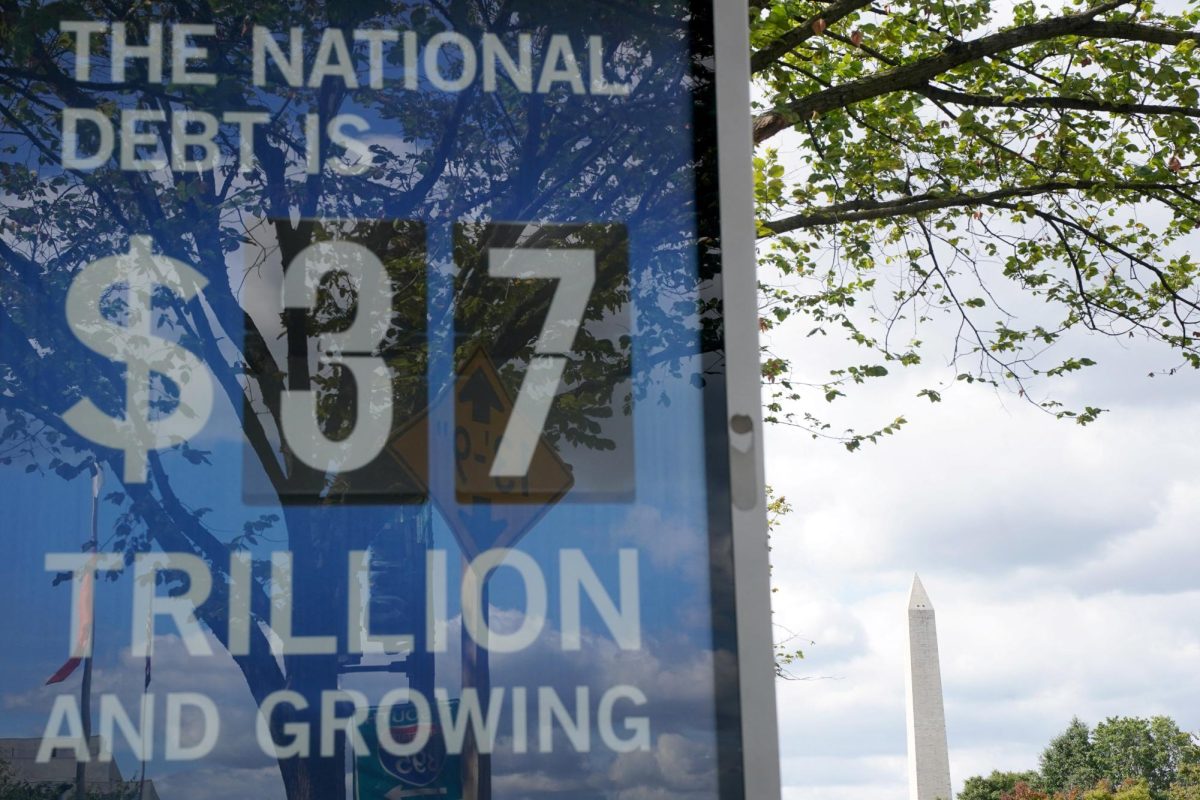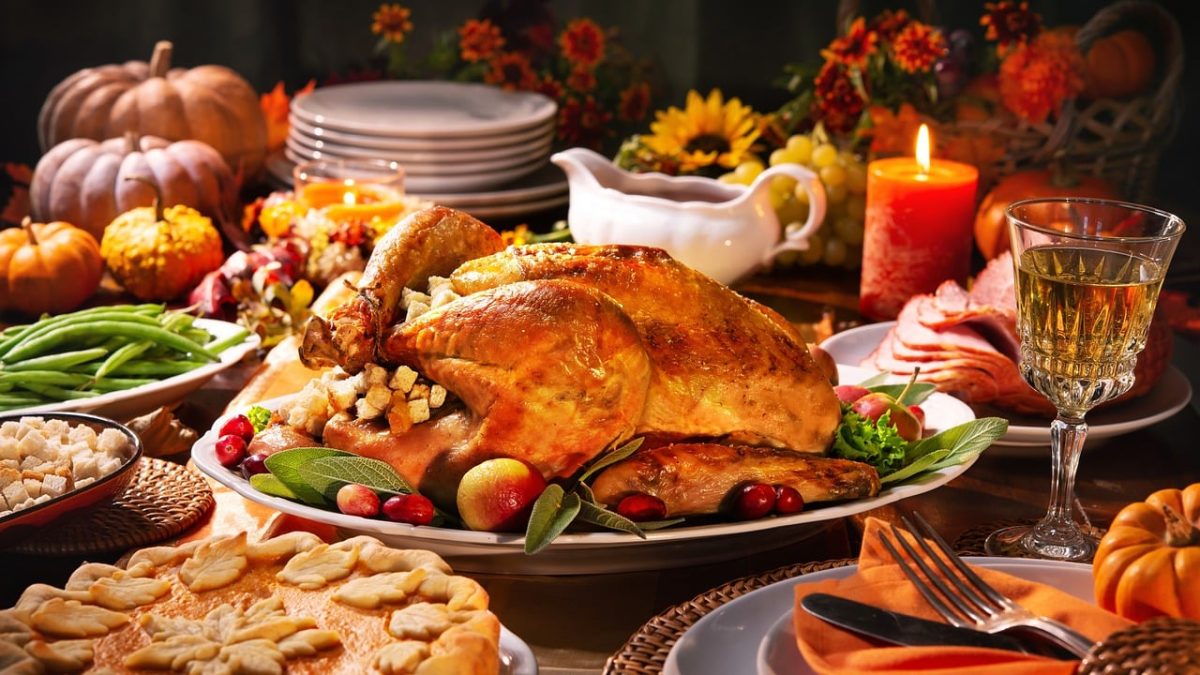Turkeys are in the oven, stuffing is being prepared, and the aroma of apple pie is consuming homes. We all recognize these smells as Thanksgiving, a time to share food with your loved ones and be thankful for what you have. But what is Thanksgiving really about, and what really happened all those years ago between the European settlers and Native Americans? Well, that’s what we are going to dive into, the what and why behind this iconic holiday for the United States.
Starting off with a little history overview, according to The New York Times, the Mayflower did, in fact, bring settlers from England to land which they colonized and renamed Plymouth, MA. In 1621, those Pilgrims did hold a three-day feast, which was attended by members of the Wampanoag tribe. According to nativehope.org, in the first celebration of this holiday, the Wampanoag tribe provided not only the food for the feast but also the teachings of agriculture and hunting. Corn, beans, wild rice, and turkey are some specific examples of foods introduced by Native Americans. Based on this information, the tribe was very welcoming. But that is the only reasonable part of the story that is taught in school.
Here is the unfavorable part of the story many might not know or perhaps don’t want to know. When Europeans began coming to what is now known as the United States, about four years before the Mayflower arrived, they carried foreign illnesses which killed Native people at exceedingly high rates. That then made it easier for colonizers to take over these lands. Essentially, settlers came to the Americas and killed millions due to illness being brought over from Europe which the Natives’ immune system were not used to and virtually caused the mass devastation of the tribes. This displays the destruction and turmoil the Natives went through when the settlers were invading their land. Because of this, some Native Americans consider the fourth Thursday in November a day of mourning and protest.
So how are we to make sense of this complicated history? While there is no one answer, Mr. Collins, a World History teacher here at Cathedral, had a few key insights on Thanksgiving and its background. Collins states, “The significance of Thanksgiving is coming together and finding common ground to give thanks despite differences.” Collins explained that’s what he thinks about around Thanksgiving times.
Collins also stated, “Over 50% of the Pilgrims were dying in the first winter, and one of the reasons that the Pilgrims needed to be thankful for the help of the Native Americans was that they taught the Pilgrims how to farm in a very difficult terrain.” Collins illustrated the generosity of the Native peoples, even though the Pilgrims were primarily killing the Natives, by bringing foreign illness over, but they still helped.
Overall, it’s important to understand this history and how both parties endured inhumane losses of life during this time period of colonization. So, Thanksgiving can be seen as a national day of mourning to honor the memory of those who suffered or a day to celebrate with family and friends, eating good food and including some pretty good belly laughs. So what do you think, should Thanksgiving be seen as a day of mourning or a day of celebration?
